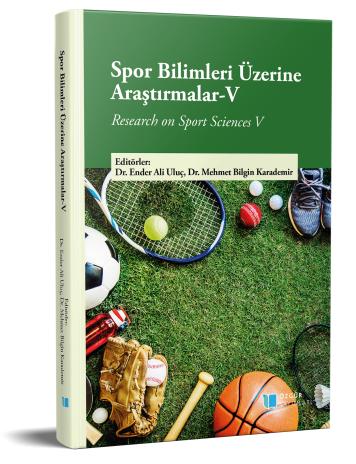
Çocuklarda ve Yaşlılarda Spor
Şu kitabın bölümü:
Uluç,
E.
A.
&
Karademir,
M.
B.
(eds.)
2023.
Spor Bilimleri Üzerine Araştırmalar- V.
Özet
Sportif hareketleri yapma fırsatı bulamamış, düzensiz besin alan çocuk ve gençler sağlıklı bir gelişme aşamaları yaşaması zordur. Doğadaki diğer bütün canlılara oran ile insan organizmasının ergenleşmemiş çocuk bireylerde büyüme ve gelişmesi çok daha uzun sürede gerçekleşmektedir. Çocukların, gençlerin, aerobik depolarının erişkin bireylere oranla düşük olmasının sebebiyle yüksek aerobik ve glikoz kullanımlarına bağlı araştırmalarda, erişkinler düzeyi açısından başarı gösteremezler. Kuvvet yaş artışı ile beraber; kilo, boy, iskelet sistemindeki dirençler oranındaki tüm vücudun kas kütlelerindeki artmasına bağlı artış gösterir. Kuvvet antrenman programları, antrene edilmiş kişilerin yaş durumu ve gelişimsel dönemlerine göre farklılık göstermektedir. Yaş alma dönemi doğum ile başlangıç gösterip ölüm olayı ile sonuca varan biyolojik, fizyolojik olaylar bütünüdür. Yaş alma devam ettikçe insanın mukavemet gücünde azalma görülür. Dayanıklılık gücü düşen yaş almış birey tek ferdi olarak yaşamını sürdürmeden uzaklaşma görülür. Yaş almış bireylerde gençlere nispeten hız açısından olduğu gibi koordine olma yeteneği açısından da düşüktür. İnsan organizmasında yaşın hızlıca artması ve ilerlemesi, fiziksel hareketliliğinin düşmesi ile yapısal ve fonksiyonel değişikliğe uğramış 55 yaş üstü kişilerde %50- 75 oranında denge sorunu yaşanmaktadır.

